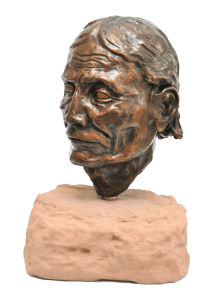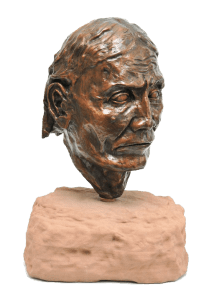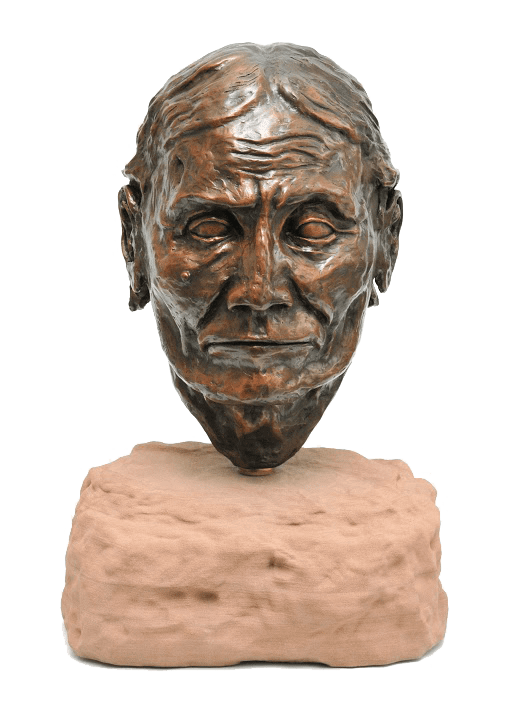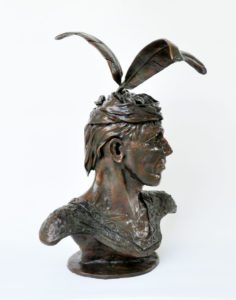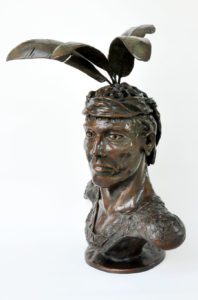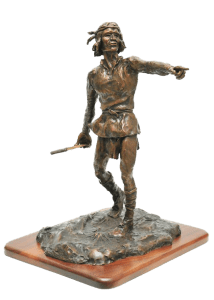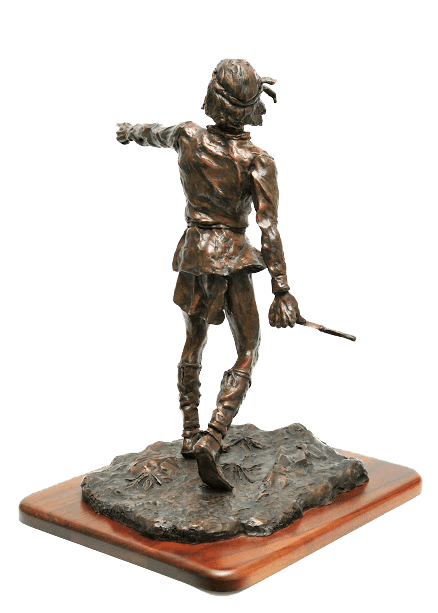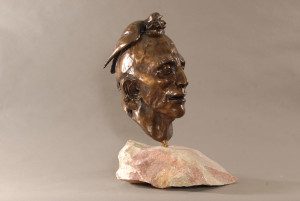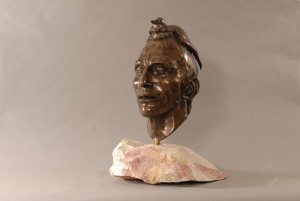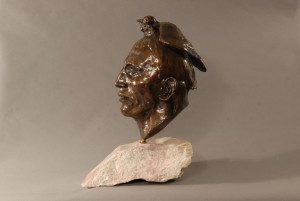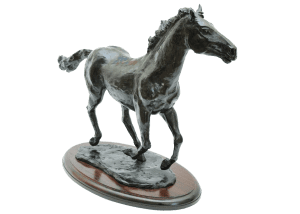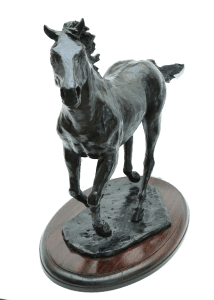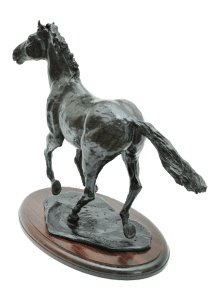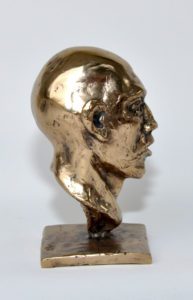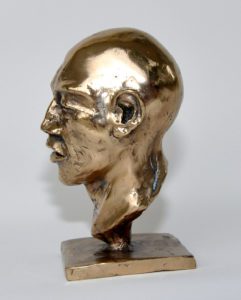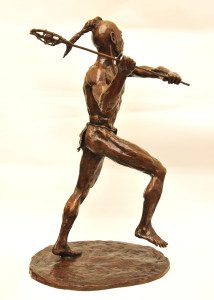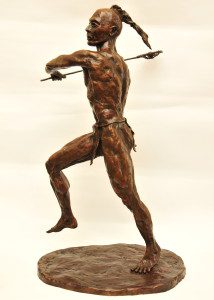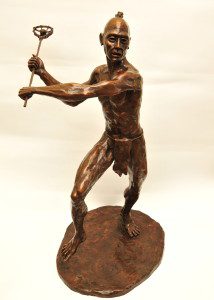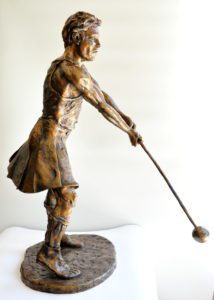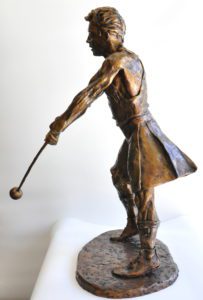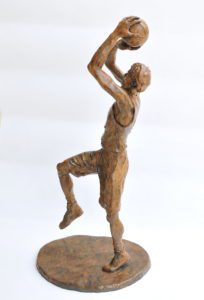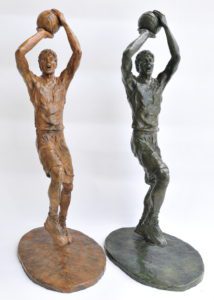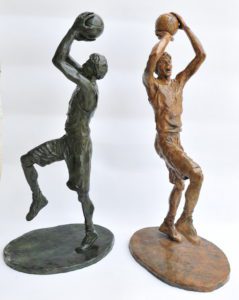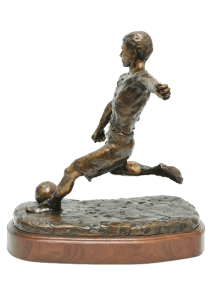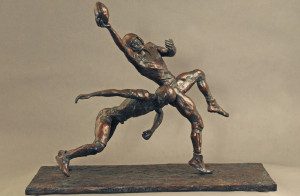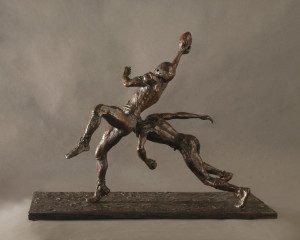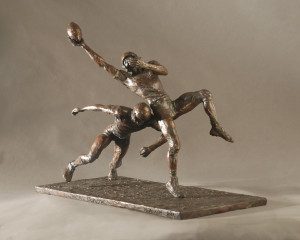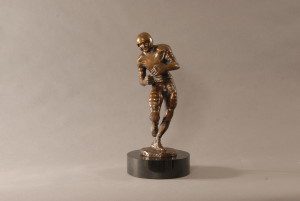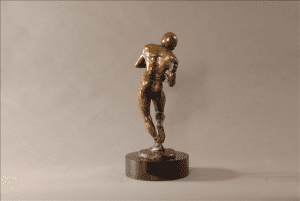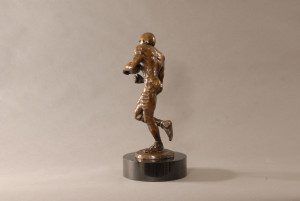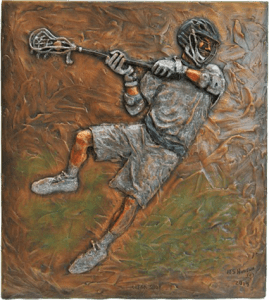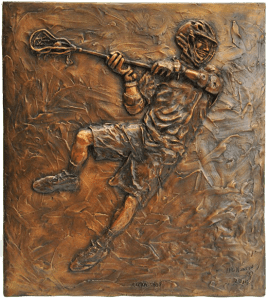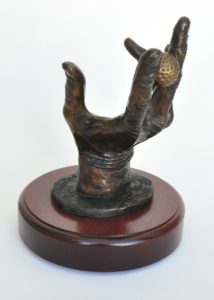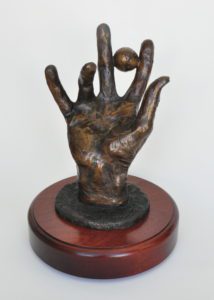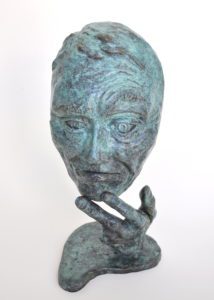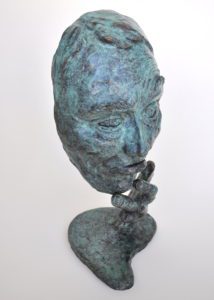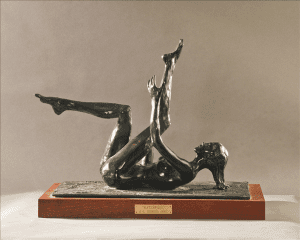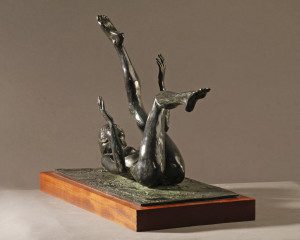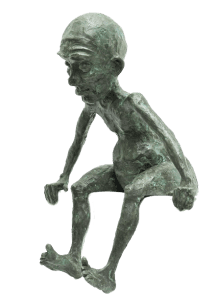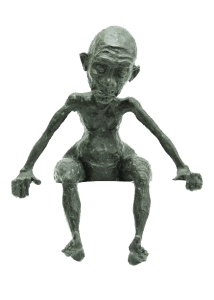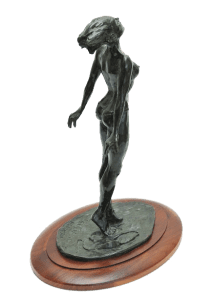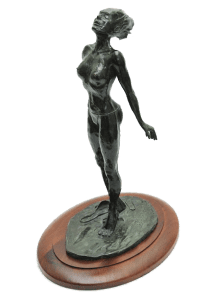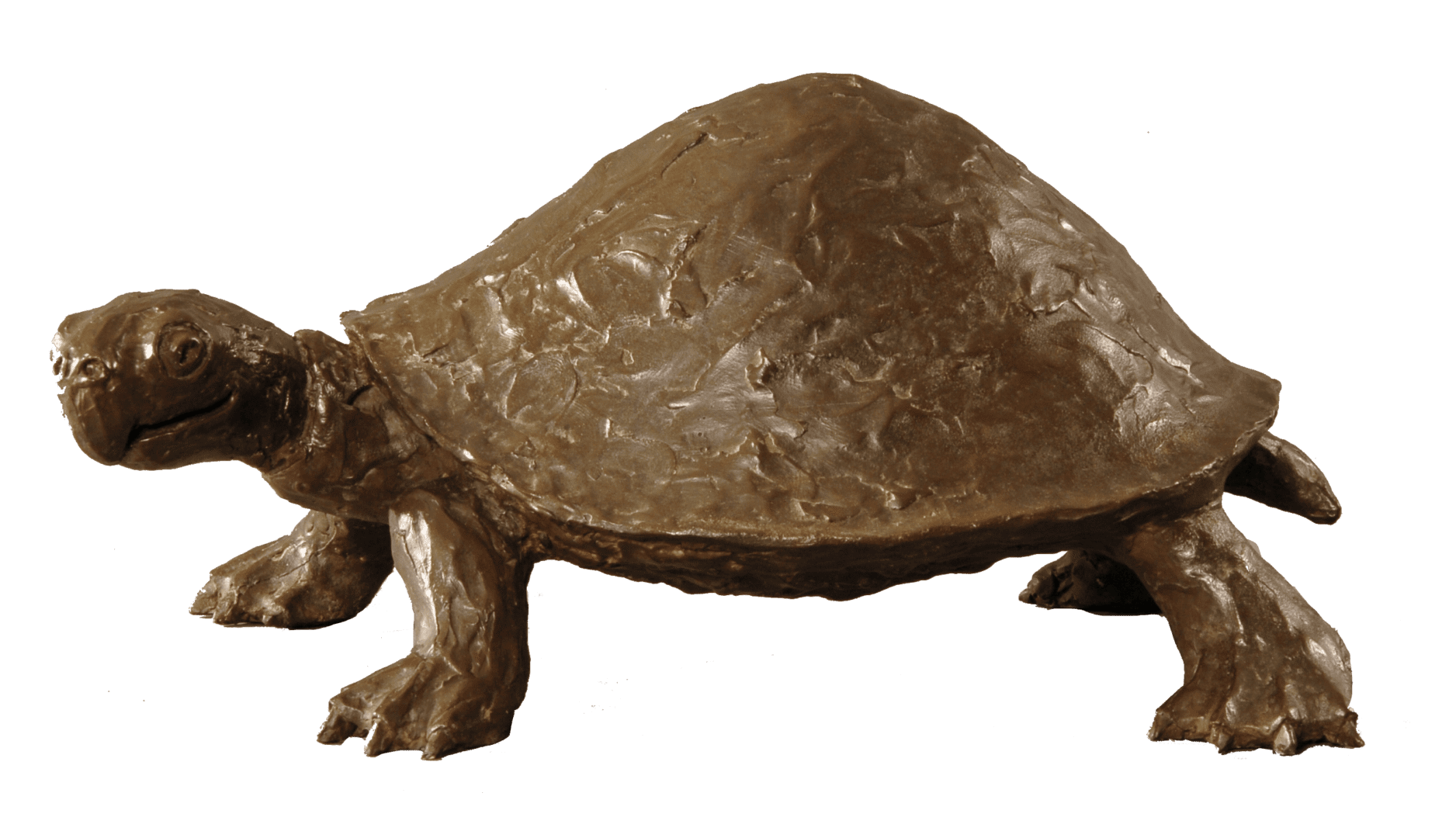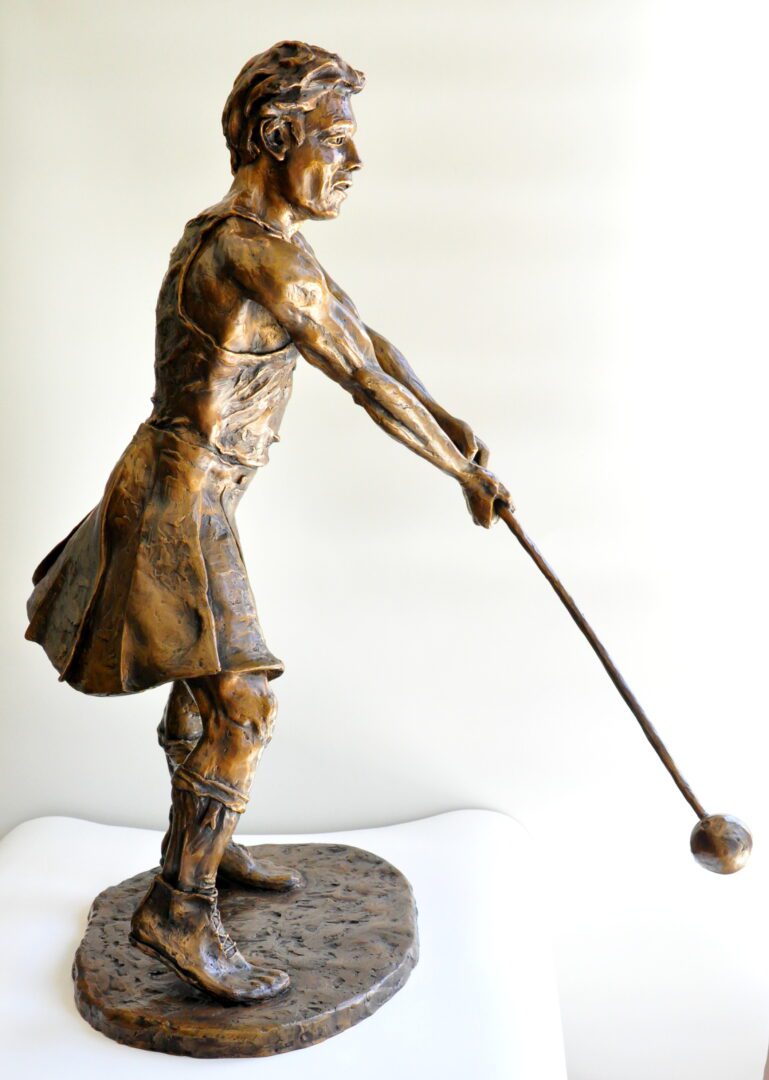| Apsaroke Crow chief, Medicine Crow, whose name translates more accurately as Sacred Raven, was born in the Musselshell country around 1848. He was born into the Kicked in the Bellies division of the Crows, member of the New Made Lodge clan and Lumpwood warrior society. He was the son of Jointed Together, reportedly a prominent headman, who died, probably of smallpox, before he was born. His mother, One Buffalo Calf, later married a medicine man named Sees The Living Bull who became influential in his upbringing. During his late teens he fasted often and experienced visions which proved prophetic, one involving the coming of the white man and, thus influenced many of his later actions.
Medicine Crow joined his first war party at the age of 15 and over the next nineteen years he obtained the honors necessary to become a chieftain. His battles were primarily against the Lakotas and involved the critical warrior requirement of counting “coups”. In 1876, along with 176 other Crows, he joined General George Crooks troops at the battle of the Rosebud and a year later led the Crow scouts with US Troops against the Nez Pierce, where a Lt. John Bourke observed “ Medicine Crow, the Crow Chief, looked like a devil in his war bonnet of feathers, furs and buffalo horns.”
In 1880, along with a delegation of 5 other tribesmen, he went to Washington to negotiate settlements in the Crow agency and divide the land into individual farms. There, it is reported his artistic side flourished and he spent time sketching the animals he saw in the Washington zoo. While other tribes were moved from their land, he was influential in establishing the Crow Agency on ground they occupied.
Medicine Crow settled in Lodge Grass Creek, where he took up farming. In 1890 he was appointed a tribal judge and he was a force in maintaining tribal unity, firmly opposing the sale of tribal lands. He died in 1920 and is buried in the area of the Little Big Horn, the Valley of Chieftains. He reportedly had taken 6 wives. His last grandson is Chief Joseph Medicine Crow, now 94 and one of the official tribe historians. |
